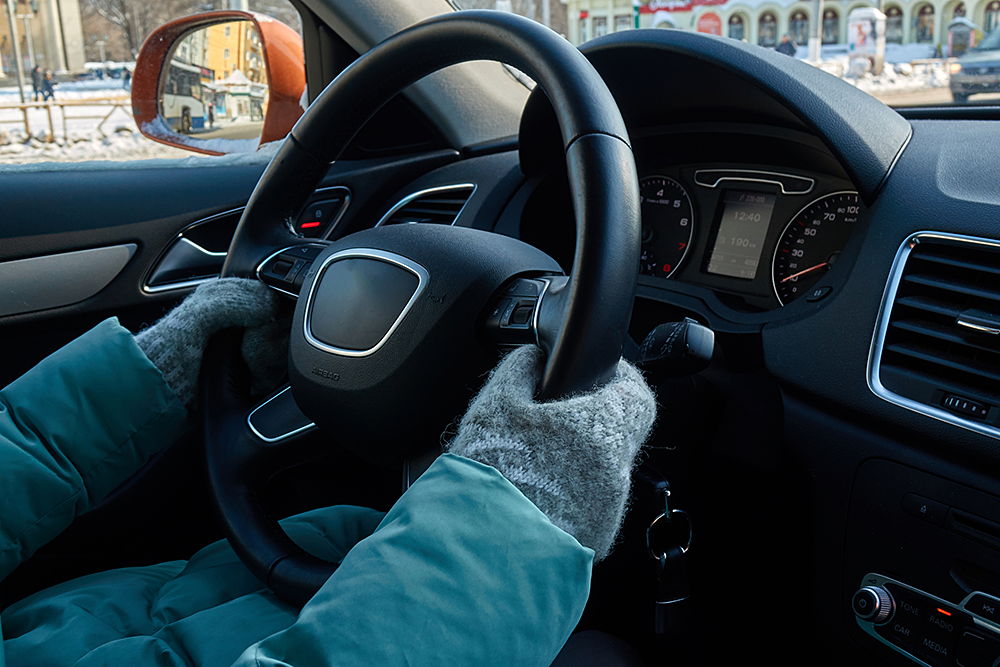Turn Those Frosty Mornings Into Balmy Drives

It’s dark. It’s cold. It’s early. Steam wafts off your breath as you enter your vehicle.
You turn on the heater, but instead of warm gusts of air, frigid gusts surge from the vents. Time to get your climate control system fixed.
“Everything starts with visual inspection,” said Steve Schaeber, Manager of Service Training for the Mobile Air Conditioning Society. “Service techs look for leaks and check the condition of the belts and hoses."
Like any other vehicle component, a climate control system is subject to wear and tear.
“Belts and hoses are rubber, and over time they crack,” said Schaeber.
There’s a number of reasons that vents would be blowing cold air even with the thermostat set on high.
Heating and cooling systems routinely feed off one another, so problems with one may affect the other.
Low coolant levels reduce the heater’s ability to warm the interior. Leaks in the heater core, hoses, radiator or cooling system will lead to a lack of coolant and create problems in the system.
Schaeer suggested talking to your trusted service advisor for suggested service intervals to care for the heating system’s components. He offered the following insights on climate control systems:
- Know the warning signs. Discoloration on the passenger side of the dashboard could be the sign of a coolant leak. (Antifreeze runs through the heater core, which usually sits behind or under your dashboard, often on the passenger side.)
- Check your cabin air filter. The filter captures hair, dust, and particulates in the air before it reaches your nostrils. Ask your service advisor how often your cabin air filter should be changed.
- Hidden problems could be the culprit. A vacuum leak, core failure or stuck thermostat can also cause problems with the heater.
- Have a technician check for the condition for the coolant itself. A 50/50 mix of antifreeze and water is ideal.
- Climate control systems experience wear and tear. Rubber hoses and components wear out over time and need to be replaced to keep the system operating.